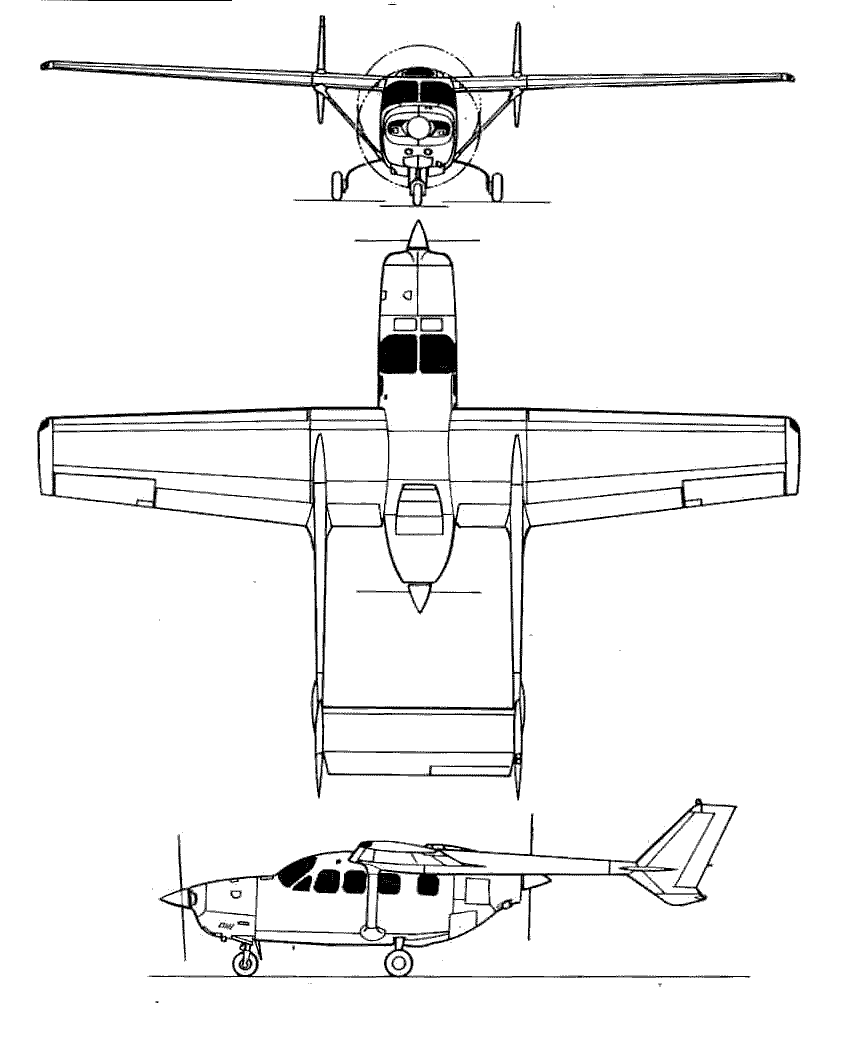The Skymaster was primarily used for forward air control, guiding close air support for attack aircraft assisting Allied ground forces.
In 1966, the O-2A replaced the O-1 Bird Dog aircraft. Fully equipped with wing pylons to carry flares, rockets and minigun pods, these aircraft were used during the Vietnam War and could withstand an onslaught from small arms fire and return the pilot safely. Super Skymasters would fly from South Vietnam and Thailand into Laos, Cambodia and North Vietnam to direct air strikes or gather reconnaissance information.

Serial Number: 68-10853
Manufacturer: Cessna Aircraft Company
Crew: One to two
Engines: Two Continental IO-360-D; 210 horsepower each
Wingspan: 38 feet
Length: 29 feet 2 inches
Height: 9 feet 5 inches
Weight: 3,226 pounds (empty); 4,850 pounds (loaded)
Speed: 144 mph (cruising) 199 mph (maximum)
Range: 1,060 miles
Service Ceiling: 19,300 feet
Armament: Four pylons for rockets, flares, mini-gun pods or other light ordnance
Cost: $92,000
At the end of the Vietnam War, the remaining O-2 aircraft were sent to Air National Guard Units. Three O-2s were stationed at the Utah Test and Training Range, supported by Hill Air Force Base, to assist Air Force Flight Test Center programs.
The O-2A on display was delivered to the United States (US) Air Force in 1969 and was stationed at bases in Vietnam and the US. In 1983, Hill Air Force Base received this aircraft and it was put on display at Hill Aerospace Museum the following year.
The Skymaster was primarily used for forward air control, guiding close air support for attack aircraft assisting Allied ground forces.
The military Skymaster was based on the Cessna 337 Super Skymaster.
513 of the military variants were built between 1967 and 1975.